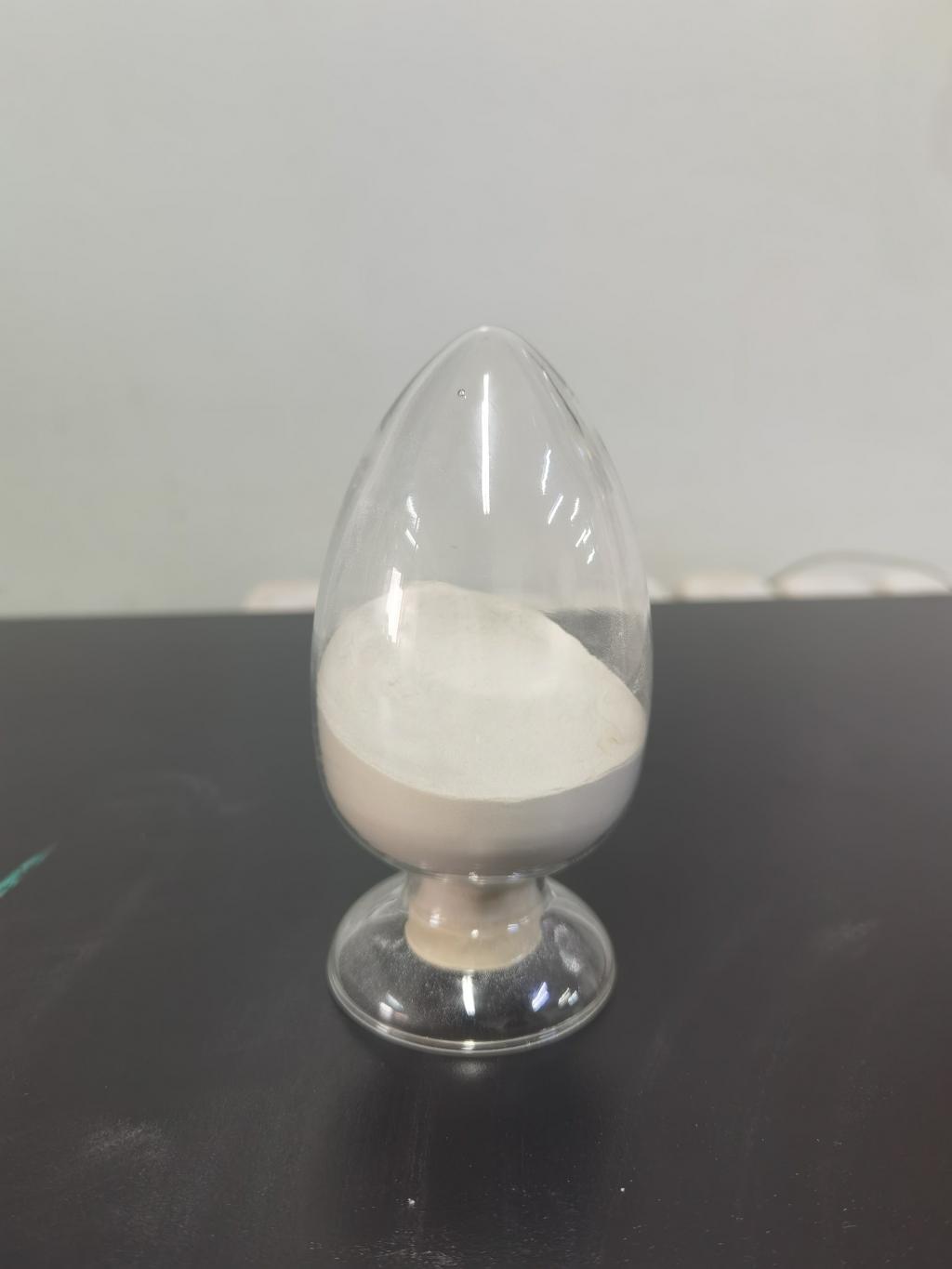Tel:+8618231198596

News
 CONTACT
CONTACT
 CONTACT
CONTACT
- Linkman:Linda Yao
- Tel: +8618231198596
- Email:linda.yao@dcpharma.cn
- Linkman:CHARLES.WANG
- Department:Overseas
- Tel: 0086 0311-85537378 0086 0311-85539701
News
Current Position:
Home >
News
>Nisin's role in reducing foodborne illness outbreaks in vulnerable populations.
Nisin's role in reducing foodborne illness outbreaks in vulnerable populations.
TIME:2024-06-04
Mechanism of Action of Nisin
Nisin, produced by the bacterium Lactococcus lactis, belongs to the class of lantibiotics and exerts its antimicrobial activity through multiple mechanisms. It disrupts bacterial cell membrane integrity by forming pores, leading to leakage of cellular contents and ultimately cell death. Additionally, nisin may interfere with bacterial cell wall synthesis and disrupt cellular metabolism, further inhibiting bacterial growth and proliferation.
Safety Profile of Nisin
Nisin has been extensively studied for its safety and toxicity profile, and numerous regulatory agencies, including the US Food and Drug Administration (FDA) and the European Food Safety Authority (EFSA), have affirmed its safety for use in food products. It is considered Generally Recognized as Safe (GRAS) and has a long history of use as a food preservative. Moreover, nisin exhibits low toxicity and allergenicity, making it suitable for consumption by vulnerable populations.
Application of Nisin in Food Preservation
Nisin has been widely utilized as a natural preservative in various food products to enhance their safety and shelf life. It is effective against a broad spectrum of Gram-positive bacteria, including foodborne pathogens such as Listeria monocytogenes and Staphylococcus aureus. Nisin can be incorporated into a wide range of food matrices, including dairy products, meat and poultry, canned foods, and ready-to-eat meals, through methods such as direct addition, surface application, or encapsulation.
Role of Nisin in Reducing Foodborne Illness Outbreaks
Nisin's antimicrobial activity makes it a valuable tool for preventing foodborne illness outbreaks, particularly in vulnerable populations. By inhibiting the growth of pathogenic bacteria in contaminated foods, nisin helps reduce the risk of foodborne infections and associated health complications. Its broad spectrum of activity, low toxicity, and compatibility with various food products make it an attractive option for enhancing food safety and public health.
Challenges and Considerations
Despite its potential benefits, the widespread adoption of nisin in food preservation faces several challenges and considerations:
a. Regulatory Approval: While nisin is approved for use in many countries, regulatory approval processes may vary, leading to barriers to market entry in some regions.
b. Cost and Availability: The production and purification of nisin can be costly, limiting its accessibility to small-scale food producers and developing countries.
c. Antimicrobial Resistance: Continued use of nisin may contribute to the development of antimicrobial resistance in bacteria, necessitating ongoing surveillance and stewardship efforts.
Conclusion
Nisin represents a promising strategy for reducing foodborne illness outbreaks, particularly in vulnerable populations. Its natural origin, broad-spectrum antimicrobial activity, and proven safety profile make it a valuable tool for enhancing food safety and public health. However, further research and collaboration are needed to address challenges related to regulatory approval, cost-effectiveness, and antimicrobial resistance, ensuring the sustainable and responsible use of nisin in food preservation.
- Tel:+8618231198596
- Whatsapp:18231198596
- Chat With Skype







